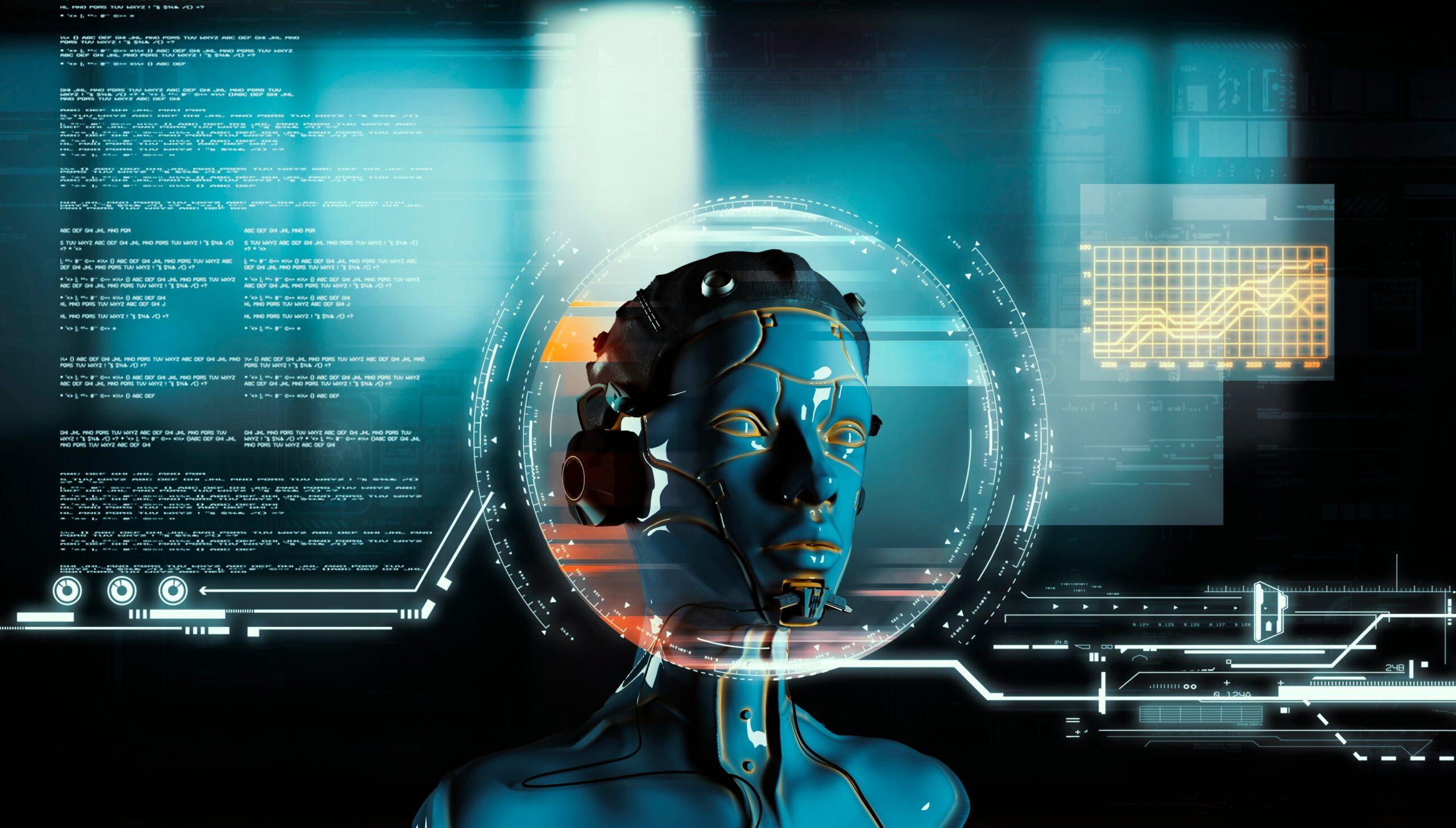
Artificial Intelligence (AI) has made significant strides in transforming the healthcare sector, and its impact on radiology is profound. By integrating AI technologies into imaging processes, radiologists can provide more accurate, timely, and effective diagnoses. AI’s ability to analyze medical images rapidly and precisely enhances diagnostic capabilities and improves patient outcomes. This article delves into how AI is revolutionizing radiology and its potential benefits for patient care.
The Rise of AI in Radiology
Radiology has long relied on interpreting medical images to detect abnormalities. From X-rays to MRIs and CT scans, these images are crucial in diagnosing various conditions, from fractures to cancers. However, interpreting these images accurately requires significant expertise and time. AI technologies, such as deep learning and machine learning, are now stepping in to assist radiologists in managing the immense volume of data and improving diagnostic accuracy.
AI algorithms can process images rapidly, identifying patterns and anomalies that the human eye might miss. For example, in the case of detecting tumors in radiographs, AI systems can analyze pixel-by-pixel data, flagging areas of concern for further review. This process significantly reduces the time radiologists spend on each image, allowing them to focus on more complex cases and offer quicker diagnoses.
Moreover, AI has the potential to reduce human error in radiology. Studies have shown that AI systems, when properly trained, can match or even surpass human radiologists in accuracy, particularly in specific areas like breast cancer detection in mammograms. This high level of accuracy offers a more reliable solution, which is crucial in preventing misdiagnoses and ensuring timely patient interventions.
Streamlining Radiology Workflow with AI
AI is also helping streamline the workflow within radiology departments. Traditionally, radiologists have been overwhelmed with many imaging studies to interpret, leading to delays in diagnosis and increased workloads. AI tools assist in automating routine tasks, such as image triage, which involves prioritizing cases based on urgency. This automation allows radiologists to address critical cases faster, while AI algorithms handle less urgent studies.
The efficiency introduced by AI doesn’t stop at image analysis. AI-powered systems can track patients’ progress, flagging missing or incomplete imaging studies that might delay treatment. Additionally, AI technologies can assist in managing large data sets, making it easier to store, retrieve, and share imaging data across medical facilities. This integration improves communication and collaboration between medical teams, ensuring patients receive timely and coordinated care.
Beyond just assisting with workflow, AI also helps provide radiologists with continuous learning opportunities. AI systems can be designed to adapt and improve over time, learning from new data and evolving practices. This self-improvement process enhances the overall quality of care and ensures that radiologists remain at the forefront of advancements in medical imaging.
Enhancing Diagnostic Precision with AI
One of the primary advantages of AI in radiology is its ability to enhance diagnostic precision. AI systems are trained to detect subtle signs in medical images that may not be immediately apparent to a human observer. For example, AI can assist in the early detection of small cancers, cardiovascular abnormalities, or neurological issues, which could be crucial in determining treatment plans and improving patient outcomes.
The ability of AI to analyze large datasets also contributes to its precision. By cross-referencing images with extensive databases of known conditions and historical data, AI can detect even the most minute changes in a patient’s condition. This deep analysis can uncover patterns humans might overlook, enabling earlier interventions and better management of chronic diseases.
For instance, in cardiology, AI algorithms can now assess heart conditions from medical images, including identifying coronary artery blockages and detecting heart attacks in their earliest stages. By providing more accurate and comprehensive results, AI helps clinicians make better-informed treatment and patient care decisions.
Reducing Costs and Improving Efficiency
Another significant benefit of AI in radiology is its potential to reduce healthcare costs. By automating routine tasks and improving diagnostic accuracy, AI systems minimize the need for additional tests or unnecessary follow-ups. Furthermore, faster and more accurate diagnoses can lead to quicker treatments, reducing the overall cost of care for patients and healthcare facilities.
In addition to direct cost savings, AI helps improve overall operational efficiency within hospitals and clinics. Radiology departments that integrate AI tools experience reduced patient waiting times, faster image processing, and a more efficient allocation of resources. As a result, healthcare facilities can manage larger patient volumes without compromising quality, ultimately leading to better resource utilization and enhanced care delivery.
Future Implications of AI in Radiology
Looking ahead, the role of AI in radiology is expected to expand even further. AI systems will become more sophisticated as technology evolves, offering even greater image analysis, patient management, and predictive diagnostics capabilities. Integrating AI with other emerging technologies, such as robotics and augmented reality, could further enhance the radiologist’s ability to diagnose and treat patients.
Moreover, AI’s ability to analyze vast amounts of data opens the door to personalized medicine. By combining AI’s imaging analysis with genomic data and patient histories, healthcare providers can offer highly tailored treatments for each individual’s unique needs. This personalized approach could significantly improve patient outcomes and lead to more precise treatments with fewer side effects.
As AI advances, healthcare professionals must stay abreast of these developments and undergo proper training to work alongside these systems. By doing so, they can harness AI’s full potential while ensuring patient safety and care standards are maintained.
Artificial Intelligence is ushering in a new era for radiology, offering numerous benefits that improve patient outcomes and enhance the efficiency of healthcare systems. From improving diagnostic accuracy and streamlining workflows to reducing healthcare costs, AI is critical in transforming radiology. As AI technologies continue to evolve, their potential to revolutionize patient care is limitless, making them an invaluable tool for the future of healthcare. By embracing these advancements, healthcare providers can ensure that they offer the best possible care to their patients while optimizing their operational efficiencies.